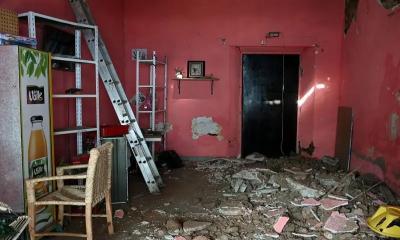NASA's James Webb Telescope is taking pictures of different parts of the universe as an extension of the human eye. The latest telescope has photographed a planet that revolves around two suns instead of one. The planet also has sand clouds in its sky.
According to NASA, the planet VHS 1256b is about 40 light-years from Earth and takes 10,000 years to completely orbit the two suns.
According to a report by the space magazine, Space.com, the planet that looks almost like Earth is called VHS 1256b. The planet is known to revolve around two suns and it was first seen in 2015. Scientists were able to see the planet with the UK-made Vista telescope from Chile.
Professor Brittany Miles, University of Arizona led the discovery of the new features of VHS 1256b. The research team led by her used the James Webb telescope to see the presence of silicate clouds in the atmosphere of VHS 1256b.
Scientists have observed that sand clouds in VHS 1256b's atmosphere change in volume, shift their position and cloud density also changes. On the planet, scientists have found evidence of not only sand clouds, but also water, methane gas and carbon monoxide.
Describing the planet's characteristics, Brittany Miles said, "Pluto is about 4 times farther from our Sun than VHS 1256b is from stars in our Solar System. ''Miles added, 'It has a silicate cloud above its atmosphere and a surface temperature of 830 degrees Celsius.






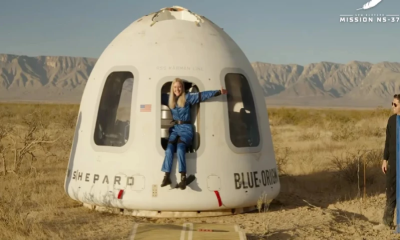

-20251216092417.webp)




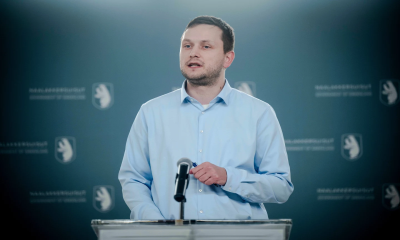
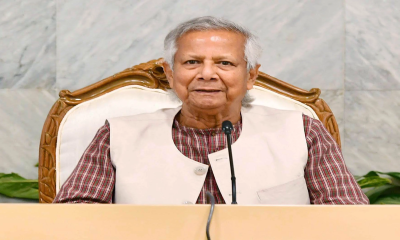






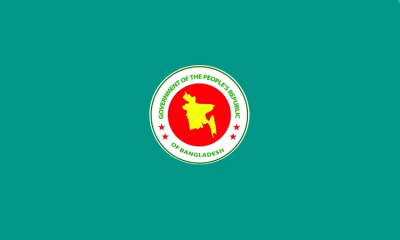


-20260106082251.webp)

-(2)-20260102070806.jpeg)

-(25)-20251122062715-20260105041159.jpeg)





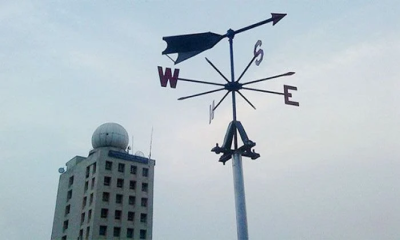


-20260103102222.webp)
